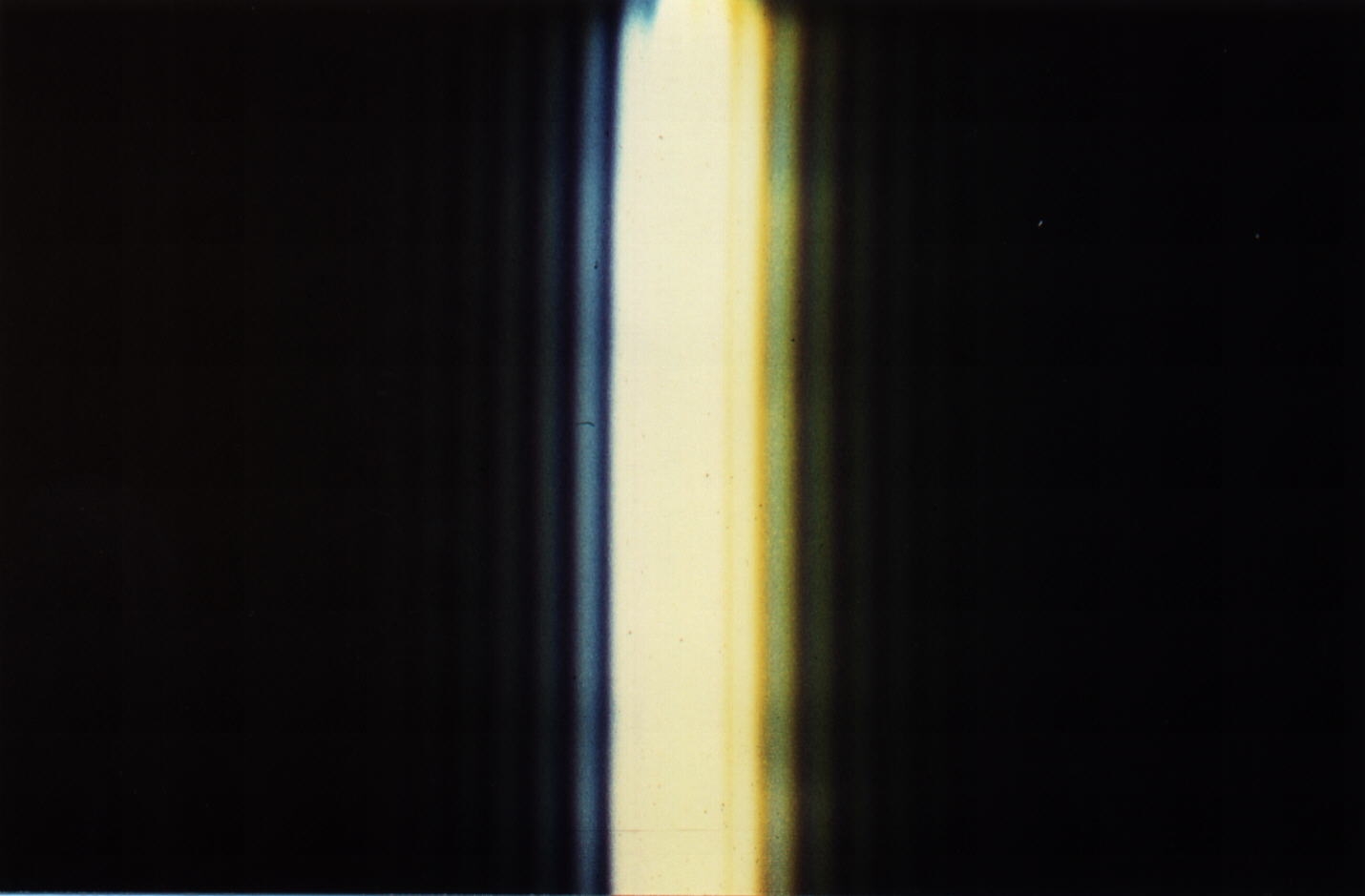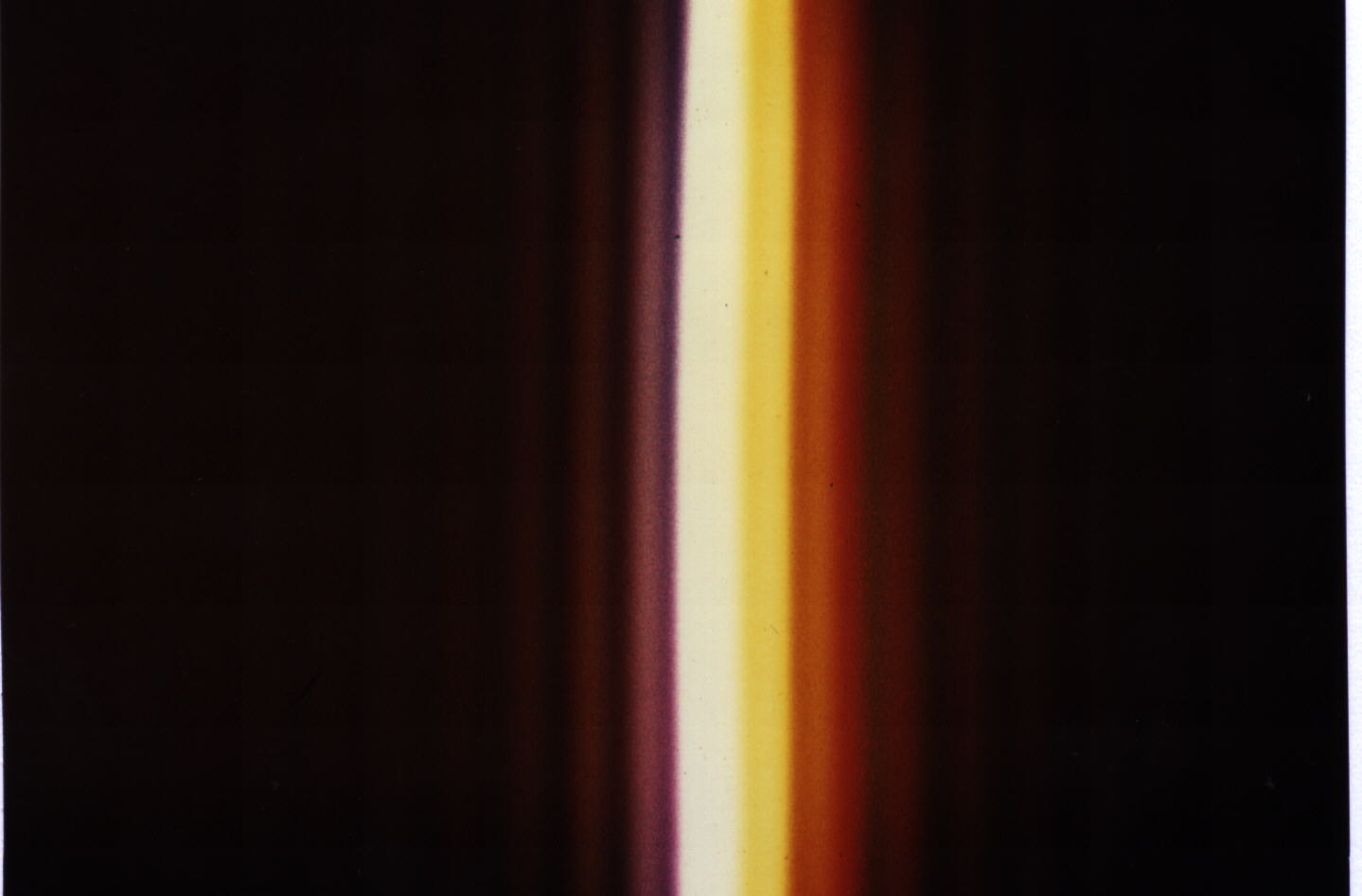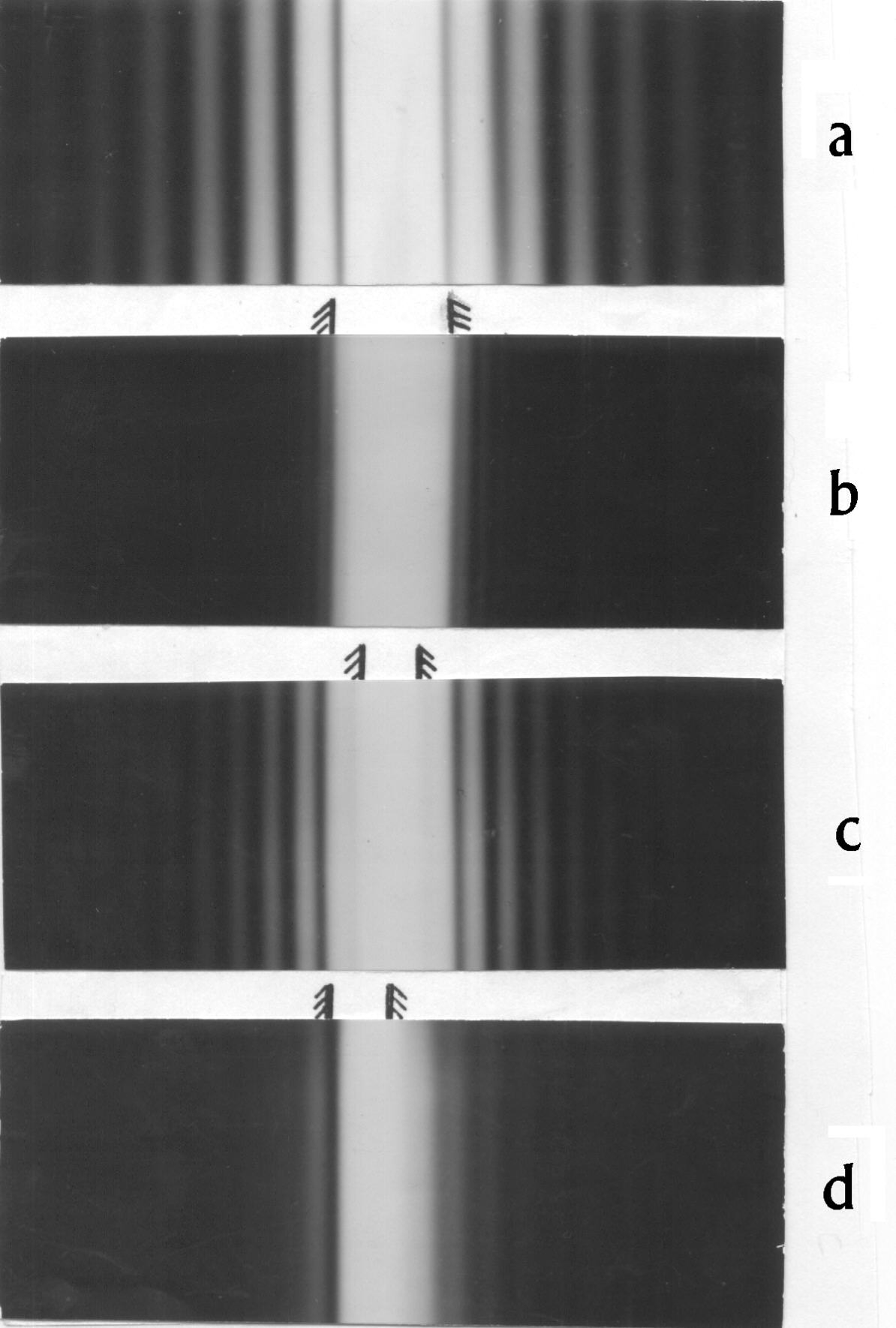
Newton's and Fresnel's Diffraction Experiments
The Continuation of Newton's Diffraction
Experiments
Diffraction of Light at Slit and Hindrance
Interference-Angle Condition, Diffraction and
Imagery
Diffraction One After Another and with
Intermediate Imagery
Diminishing of Frequency of Light after
Diffraction
Inner and Outer Diffraction-Fringes at
Circular Openings
Superposition of Interference and Diffraction
Diffraction Experiments with Inhomogeneous
Illumination
Experiments with Polarized Light at Slit and
Double-Slit
The Background of Diffraction-Figures
Trial for Interpretation of Newton's Diffraction
Experiments
Consequences for Photons out of Newton's
Diffraction Experiments
Consequences for Structure of Electrons out of
that of Photons
The Thermally Conditioned Electromagnetic Field
Diffraction and Light-Emission of Electrons
Energy-Steps of Electrons in Magnetic Eigen-Field
Faraday's Electro-tonic States
Near-Field Optics with Regard to Newton's
Diffraction-Experiments
Consideration of Magnetic Moment of Electron
in Quantum Theories

Diffraction Experiments with Inhomogeneous Illumination
With coloured and one-coloured inhomogeneous illumination is shown its influence on diffraction-figure. In the sphere of inner diffraction-fringes of slit, therefore in short distances, the localization of bent light is easily to demonstrate. In the sphere of outer diffraction-fringes of slit, therefore in large distances, interpretation is limited by the double cover with bent light of the surroundings of both slit-edges.

Figure 1. Experimental arrangement for coloured inhomogeneous illumination. L - light-source, a high-pressure mercury lamp; C -condenser; FS -first illumination-slit; IS - second illumination-slit 0.15 ... 0.3 mm; Pr - prism, crown glass 10°...30°; S - diffraction-slit 0.3 mm; F - incident plane, a photo-plate. a = 1 m, b = 120...400 mm, c = 0.25...4 m

Figure 2. Illumination with mercury-light, blue at one edge and green at the other edge of the diffraction-slit S, with arrangement of figure 1. Distance c even so that outer fringes originated but no mixture disturbed.

Figure 3. Illumination of diffraction-slit S with a continuous spectrum, in figure 1. Also distance c even so large that no mixture disturbed.

Figure 4. Diffraction-figure at one-coloured inhomogeneous illumination. Experimental arrangement figure 1, but without prism Pr and with green filter. IS = 0.15 mm, b = 100 mm, c = 2 m.
a: diffraction-figure without diffraction-slit S;
b: slit-edges S (0.6 mm) in the first minima of the diffraction-figure of the illumination-slit IS;
c: diffraction-slit S contracted on the half (0.3 mm);
d: diffraction-slit S so displaced that a minimum of the diffraction-figure of IS drops on one edge and the maximum of zeroth order on the other edge.
Above every diffraction-figure the position of the diffraction-slit is indicated.
Discussion
As already Newton [1] had asserted, it is possible to demonstrate the localization of bent light in the sphere of inner diffraction-fringes at the slit. In the sphere of outer diffraction-fringes only in distances after first origin of outer diffraction-fringes locality is demonstrable. In larger distances the double cover of diffraction- figures with shadow- and light-side bent light prevent examinations. In Fraunhofer's manner of observation the illumination-slit is imaged at the observation-plane, and so in the focal-plane no coloured inhomogeneous illumination is demonstrable. Outside this plane a split-up is present and here an observation was possible.
The limits of this method were already directed in section 1. Everyone who has ever tried to produce a real symmetrical diffraction-photo knows what a high adjust-expenditure is necessary obtaining a 'homogenous illumination' . Who never tried this may inspect the sources of figures of diffraction-figures. Also authors, who else produced themselves all figures, often took over diffraction-photos of strange sources. Of course, they have experienced the difficulties but they did not direct on this for in theory of wave-fronts no difficulties should be present. We know at present that light consists out of light-quanta or photons, and therefore deviations are explicable.
References
[1] I. Newton, Opticks or a Treatises of the Reflexions, Refractions, Inflexions and Colours of Light. London 1704; Opera quae. exstant omnis, Tom IV, London 1782; Reprint, Bruxelles 1966; Optik II + III. Übers. W. Abendroth, Ostwald's Klassiker Nr. 97, Engelmann, Leipzig, 1898; Neuauflage Bd. 96/97 Vieweg, Braunschweig 1983; Optique, Trad. J. P. Marat 1787; Bourgois, Paris 1989.[2] H. Nieke, Newtons Beugungsexperimente und ihre Weiter- führung. Halle 1997, Comp. Print 1, Arbeit 1. (Vorhanden in vielen deutschen Universitätsbibliotheken); Newton's Diffraction Experiments and their Continuation. Halle 1997, Comp. Print 3, paper 1. (Applicable in some university libraries).
[3] As [2], paper 2.
[4] As [2], paper 3.
[5] As [2], paper 4.
[6] A. Fresnel, Oeuvre Complétes I. Paris 1866. Abhandlungen über die Beugung des Lichtes. Ostwalds Klassiker Nr. 215, Engelmann Leipzig 1926.
[7] T. Young, A course of lectures on natural philosophy and mechanical arts. London 1807.
© 2006 by tediamedia • info@gebeugtes-licht.de